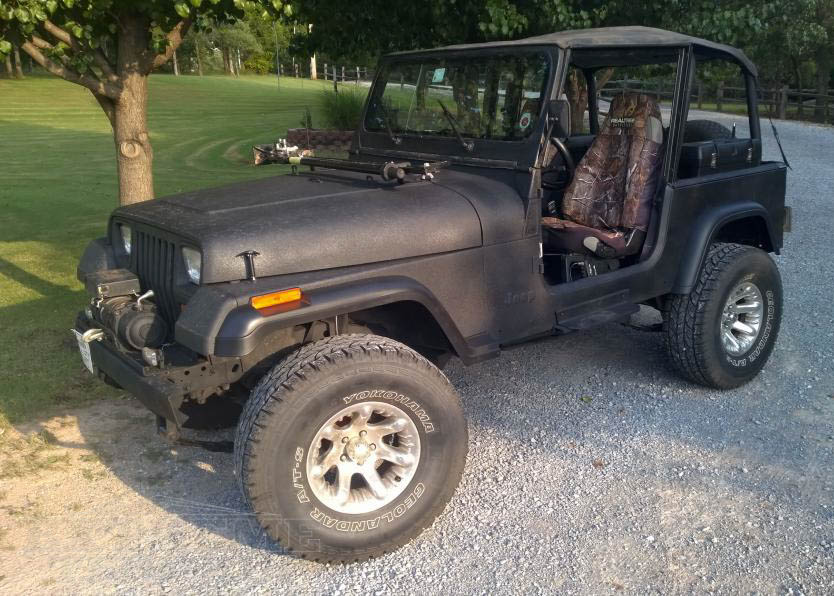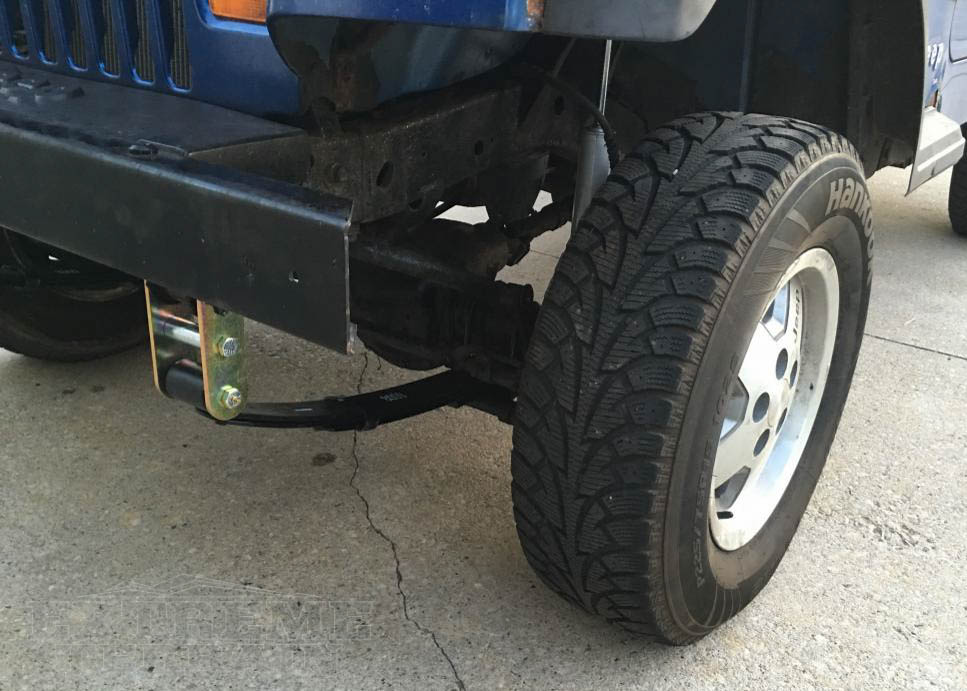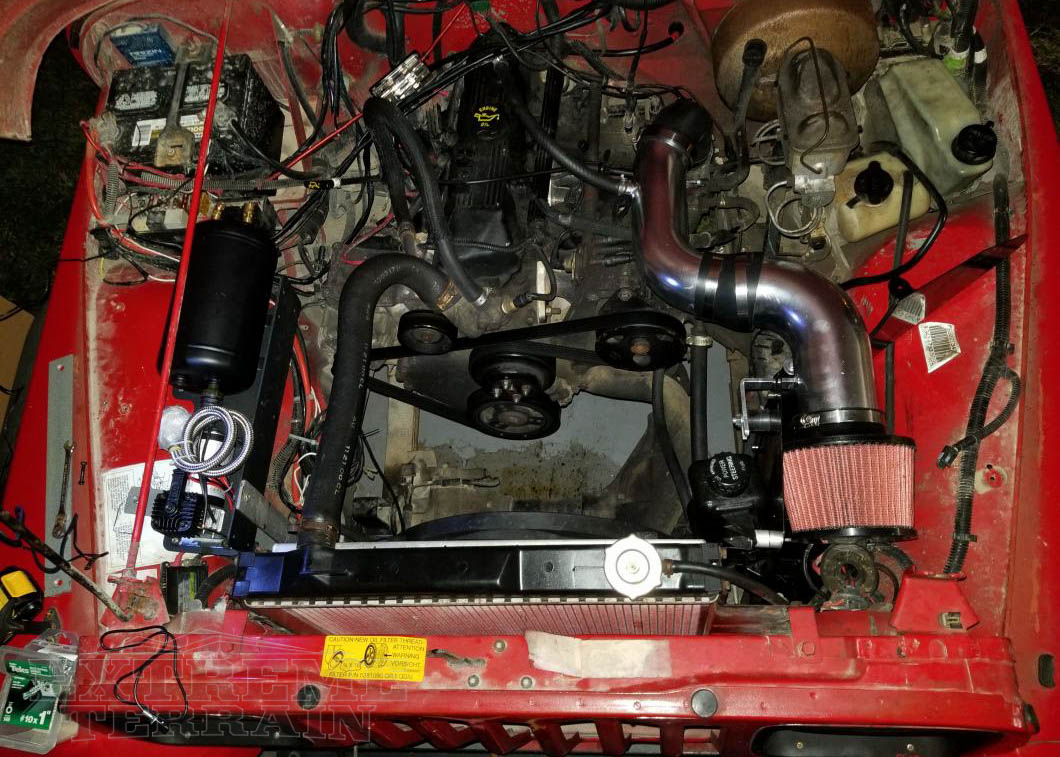With a stocky appearance, square headlights and an optional 4.0L six-cylinder engine, the Wrangler YJ is considered one of the most controversial Jeep lineups on the market. Replacing the classic CJ model, the Wrangler YJ ran into some early problems, but only improved with each subsequent edition. As a fellow Jeep owner, we take pride in our Jeeps and the heritage they came from. Whether it’s nostalgia for a different time or it’s radically different design, most Jeep YJ models still stand the test of time and are an easy restoration job. Considered the first generation of Jeep Wranglers, the YJ has stood the test of three decades for some owners. Here, we’ll discuss what you need to know about the YJ, the controversial Jeep Renegade, and other sub-models in our overview of this rolling classic.
Contents
- Wrangler YJ: What Changed?
- Wrangler YJ: Common Misconceptions
- What the Wrangler YJ Got Wrong
- Wrangler YJ Motor and Transmission
- YJ Six-cylinder Engines:
- YJ Four-Cylinder Engines:
- YJ Transmissions
- What is a Computer-Controlled Carburetor System?
- A Review of the Special Editions
- Wrangler YJ Off-Roading Upgrades
Shop YJ Wrangler Parts
The YJ is considered the pioneer of modern Wrangler design. Along with the lessons learned from the adjustments made to the platform came a community's desire to modify builds in great detail. With multiple options available to upgrade your YJ you can take on any adventure on and off the trail.







